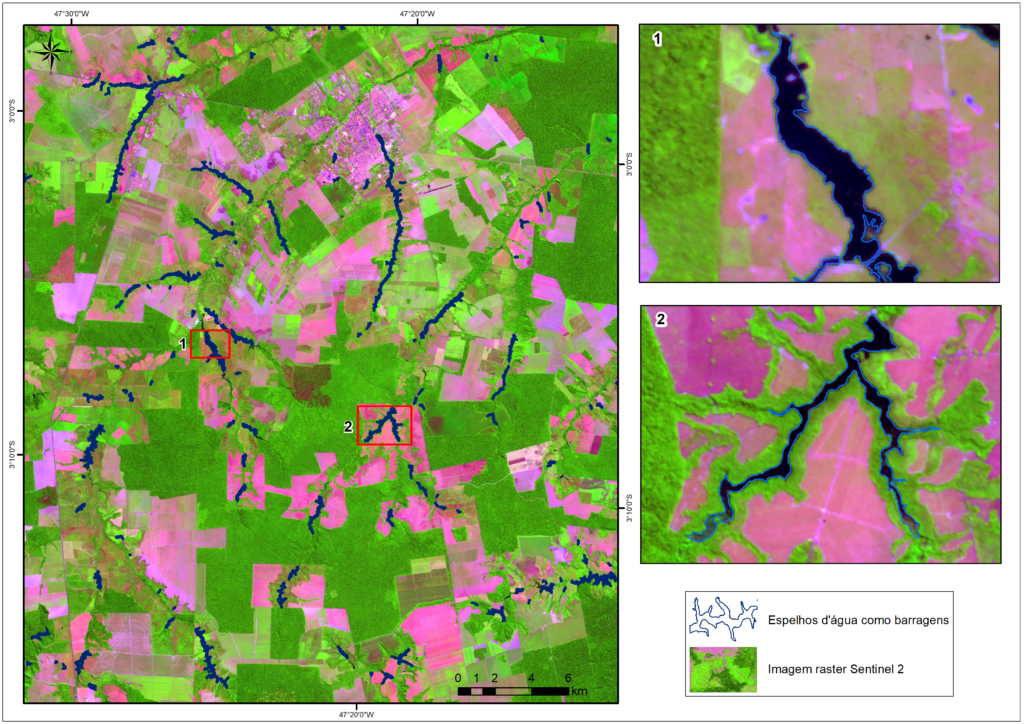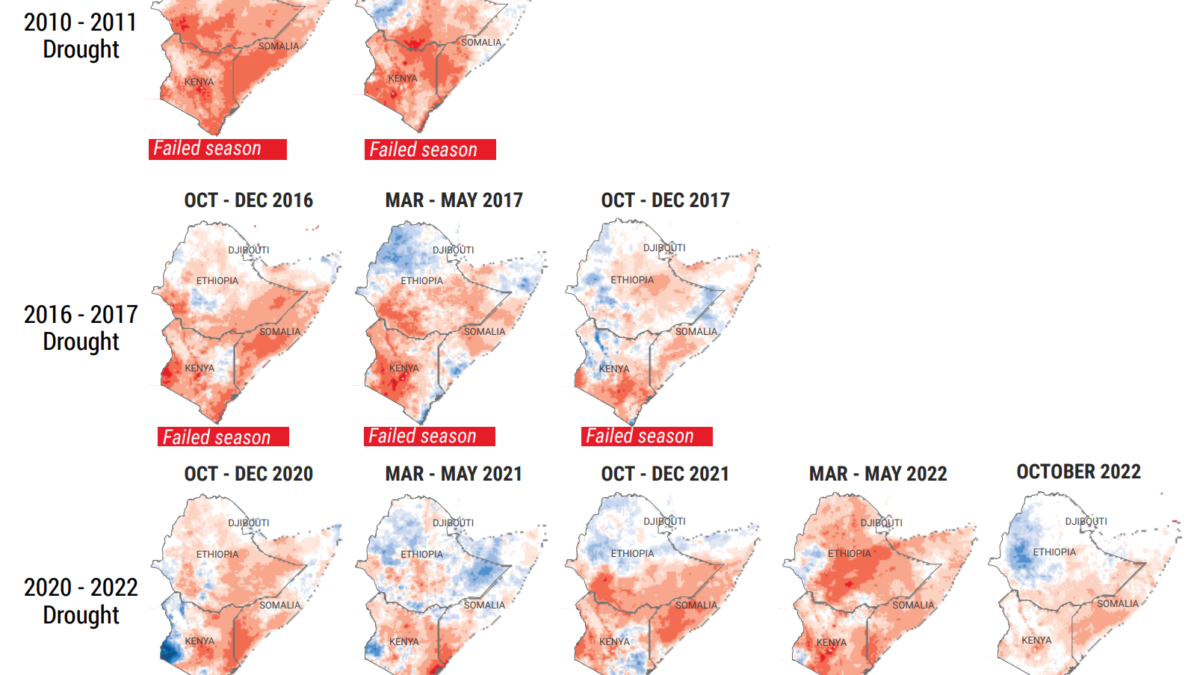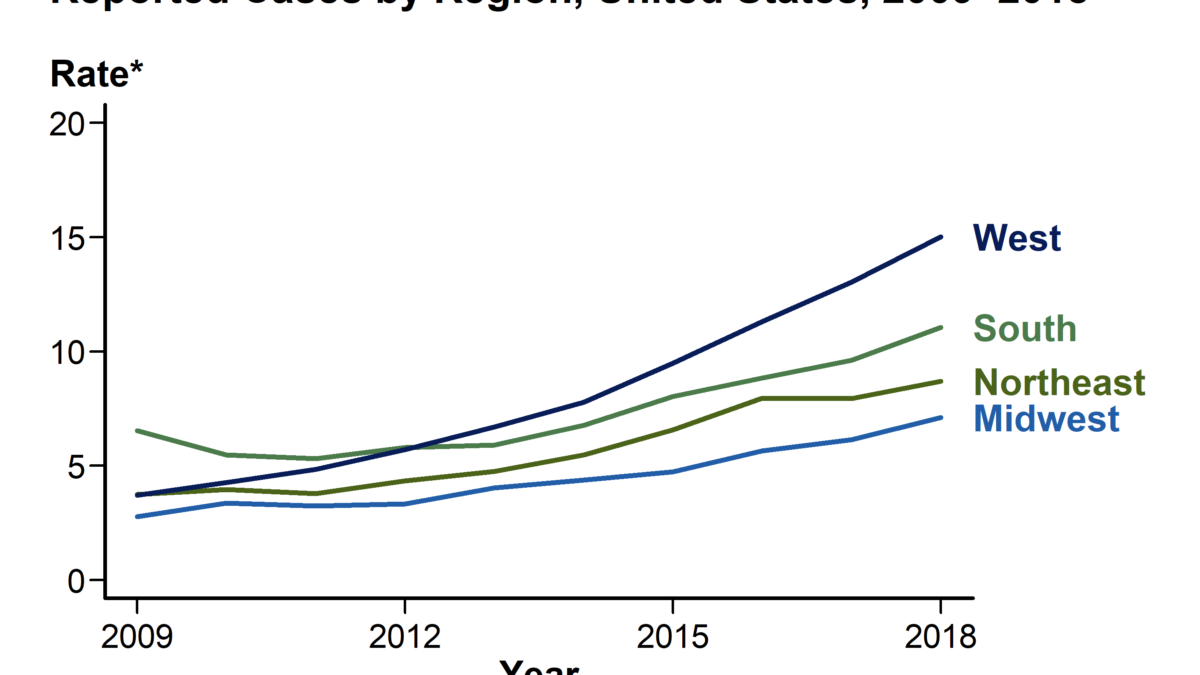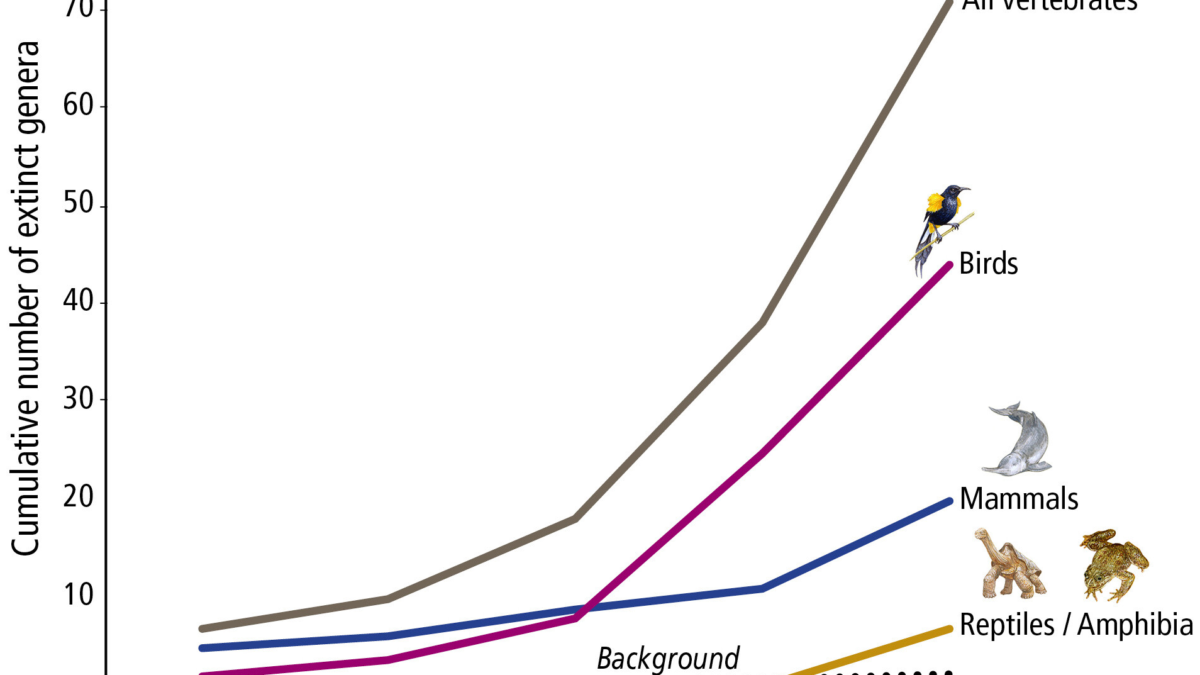The silent proliferation of small dams in the Amazon rainforest

By Francy Nava
6 July 2019
(Imazon) – Recent land cover mapping in Amazonia has identified a considerable number of water mirrors in rural properties, indicating the presence of small dams supporting agricultural activities. In Sorriso-MT, for example, Arvor, et al., (2018) identified a five-fold increase in the number of dams (86 to 522) in rural properties in 30 years. Imazon analysis also identified saturated basins of small dams in Paragominas-PA (572 water mirrors).
Because they suggest low risk, these dams are built without environmental licensing requirements and, therefore, do not meet safety standards, thus allowing their proliferation and incidence of disruption. In the last nine years, about three annual breaks in Amazonian cities have been reported in media and newspapers, causing socio-environmental impacts that may be greater if the disposal of these dams generates a “domino effect” when they break.
The alternative to the Amazonian cities where these dams occur is to regulate their construction and use, considering the registration and licensing appropriate to their size, such as the Brazilian Northeast, and to monitor them according to the Practical Guide on Small Dams (2016). In addition, risk assessment in decision-making should consider them in the context of river basins, identifying recurrences and cumulative impacts. [Translation by Google]
A proliferação silenciosa das pequenas barragens na Amazônia


